10 Habits That Could Be Driving Your Cat Nuts
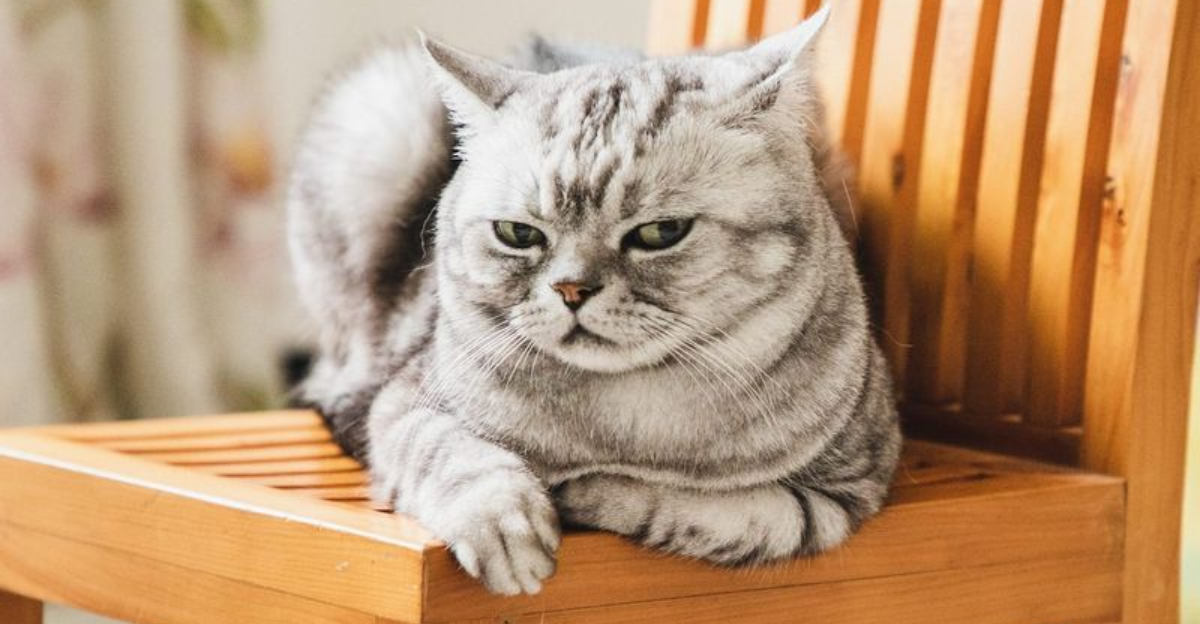
Cats are fascinating creatures, full of mystery and intrigue. However, some of our everyday habits might be more irksome to them than we realize.
Understanding what could be driving your feline friend bananas is key to a harmonious household. Let’s explore common habits that could be pushing your cat’s buttons.
1. Over-Petting Them
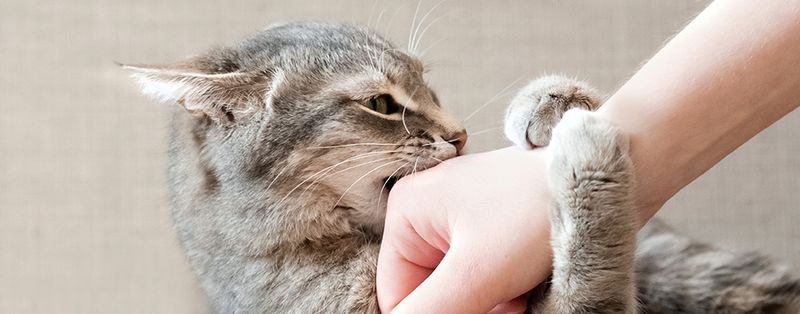
Nothing says love like a good petting session, right? Not so fast! Cats have a threshold for physical affection, and once crossed, they might retaliate with a swat or bite.
Some cats enjoy a gentle touch, while others prefer to keep it minimal. Pay attention to their body language and respect their limits.
If your cat starts twitching its tail or flattening its ears, it’s probably time to put the petting on pause and let them have some space.
2. Invading Their Personal Space
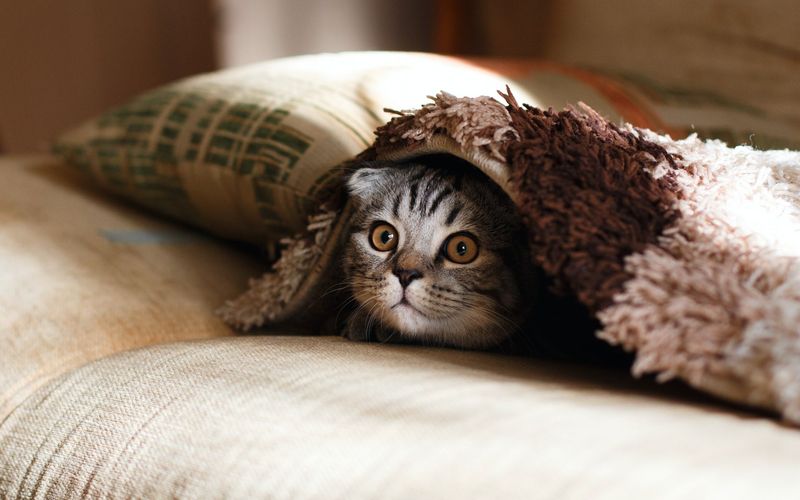
Cats are fiercely independent creatures who cherish their own space. When we unknowingly invade it, they may feel threatened.
Respect their boundaries by letting them come to you instead of the other way around. Give them a cozy spot where they can retreat undisturbed.
If you must enter their domain, approach with caution and allow them the choice to engage or not. This respect fosters a happier relationship.
3. Interrupting Their Naps
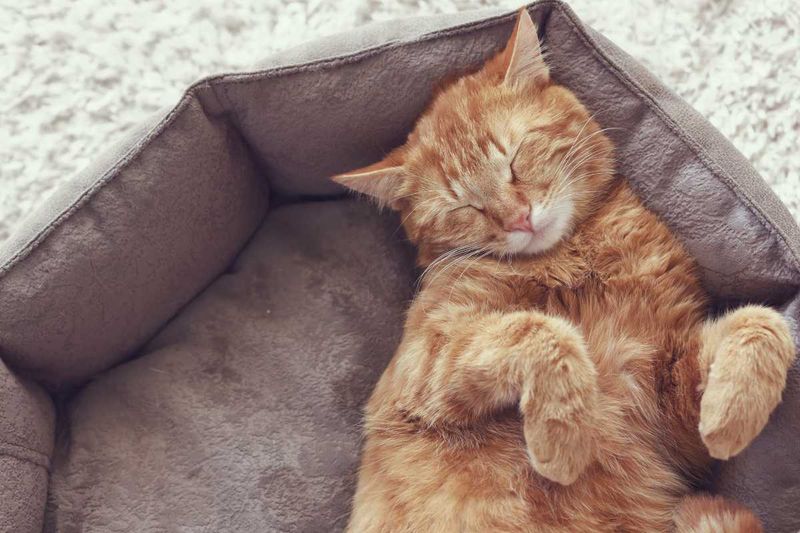
A cat’s nap time is sacred, and interrupting it can lead to crankiness. Cats sleep up to 16 hours a day, so let them enjoy their snooze.
Disturbing their rest with loud noises or sudden movements can leave them feeling irritable. Make their nap environment as peaceful as possible.
If your cat is sleeping, tiptoe around and keep the volume down. A well-rested cat is a happy cat, after all.
4. Moving Their Favorite Stuff
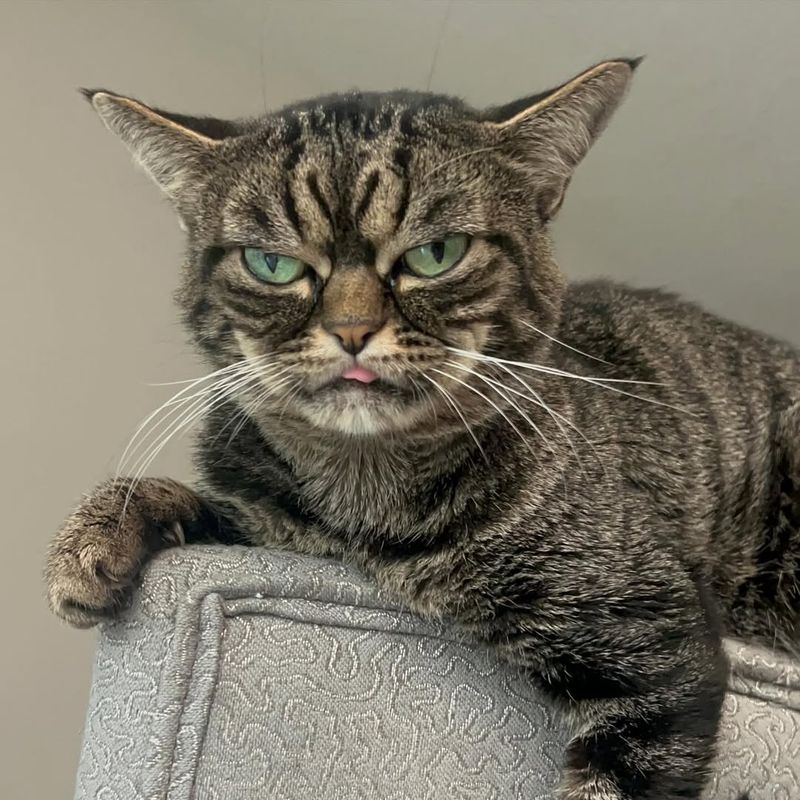
Imagine waking up to find your bed in a different spot every day. Cats thrive on routine and predictability, and moving their things can unsettle them.
Keep their favorite toys, beds, and feeding stations in familiar places to maintain their comfort.
If changes must be made, do so gradually, allowing your cat to adjust at their own pace. This will help prevent any undue stress or anxiety.
5. Forcing Them Into A Carrier
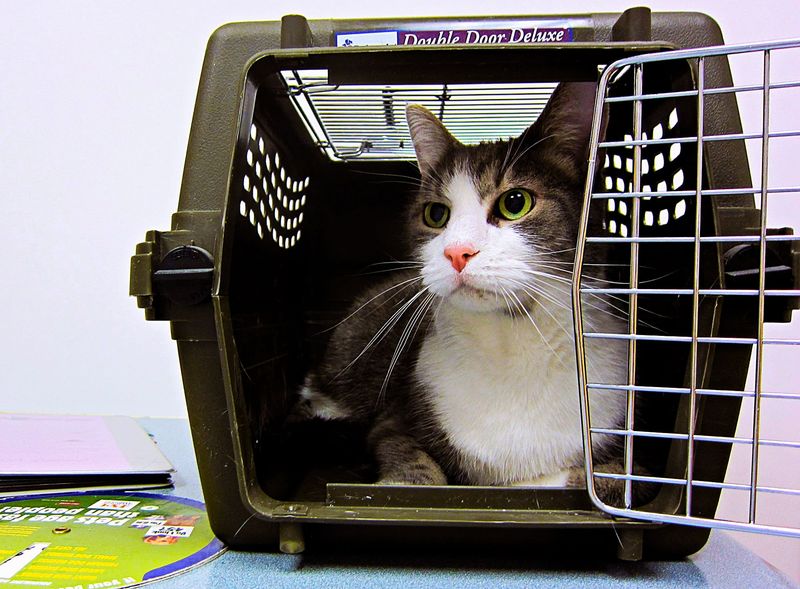
Getting a cat into a carrier can feel like a wrestling match. It’s no surprise they associate carriers with vet visits and stress.
Make the carrier a positive space by leaving it open with treats and toys inside when not in use.
Practice getting your cat in and out calmly and gradually. This will help reduce anxiety and make vet trips a less daunting experience for both of you.
6. Dressing Them Up
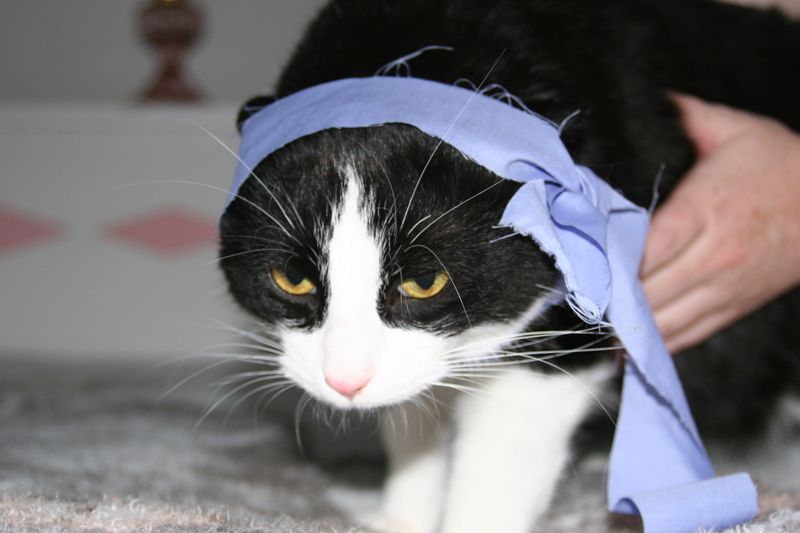
Costumes might seem cute to us, but cats often find them constricting and uncomfortable. Most cats prefer their natural fur outfits!
If you must dress up your feline friend, ensure the costume is safe and doesn’t restrict movement.
Watch for signs of distress, like trying to escape or excessive grooming. If your cat seems unhappy, it’s best to let them strut their stuff unadorned.
7. Using Strong-Smelling Products
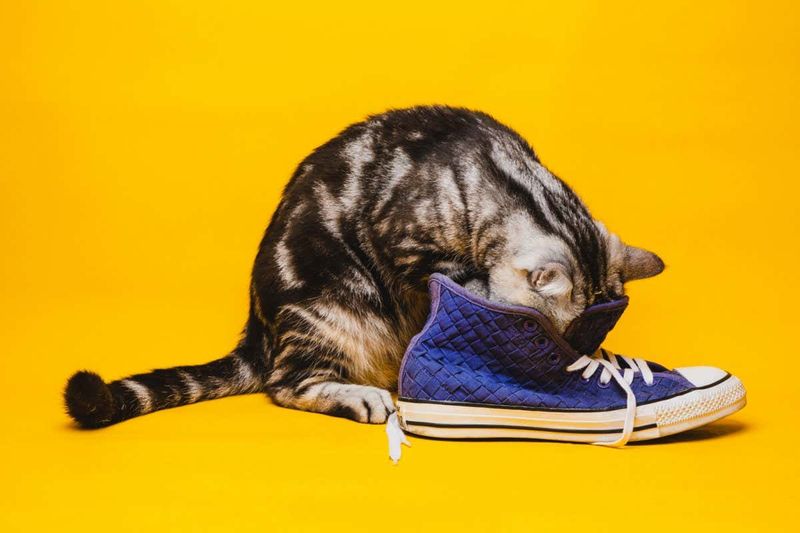
Cats have an incredible sense of smell, far more sensitive than ours. Strong fragrances can be overwhelming and unpleasant for them.
Opt for unscented or pet-safe cleaning products to keep your home fresh without offending your cat’s nose.
Be mindful of scented candles and air fresheners, too. Keeping strong smells to a minimum will make your home more comfortable for your feline friend.
8. Playing Too Rough
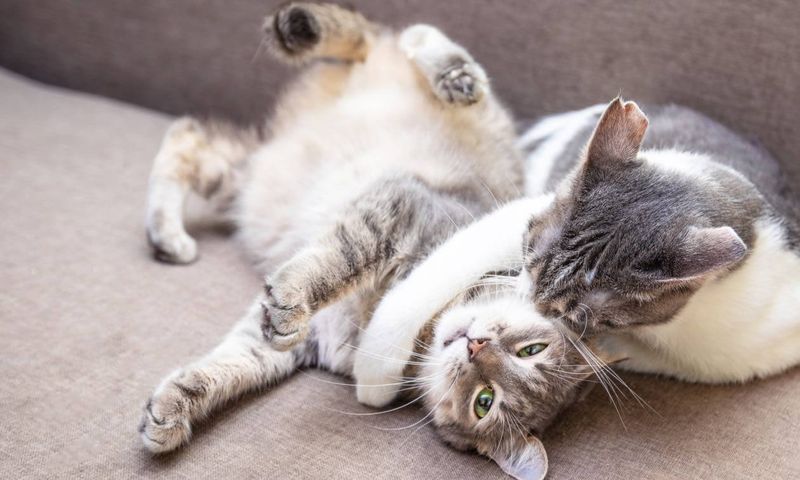
Cats love a good play session, but rough play can lead to injuries or stress. Their skin is sensitive, and playtime should be gentle and fun.
Use toys to keep a safe distance between your hands and your cat’s claws.
Encourage positive play behaviors and stop if your cat seems overstimulated. Remember, the aim is to have fun, not to rile them up.
9. Ignoring The Litter Box
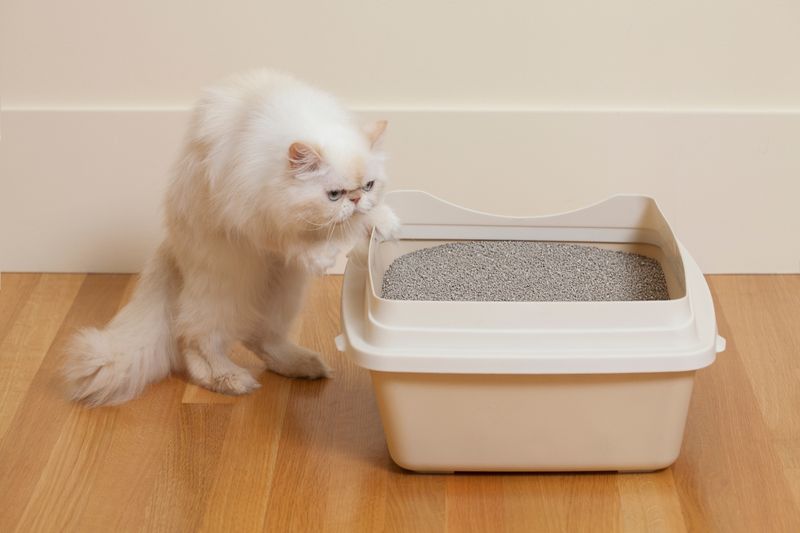
A clean litter box is essential for any self-respecting cat. Ignoring it can lead to accidents or stress.
Scoop the box daily and change the litter regularly to keep it fresh. Cats appreciate a tidy restroom, just like us.
If your cat is avoiding the box, it might be trying to tell you something. Listen to their cues and maintain a clean and inviting environment.
10. Ignoring Their Communication

Cats are communicative creatures, and ignoring their attempts to connect can leave them feeling frustrated.
They use body language, vocalizations, and behavior to communicate.
Pay attention to what they’re trying to tell you. A meow or nudge might mean they want food, play, or just some affection.
Responding to their communication fosters a strong bond and helps them feel understood and valued.






